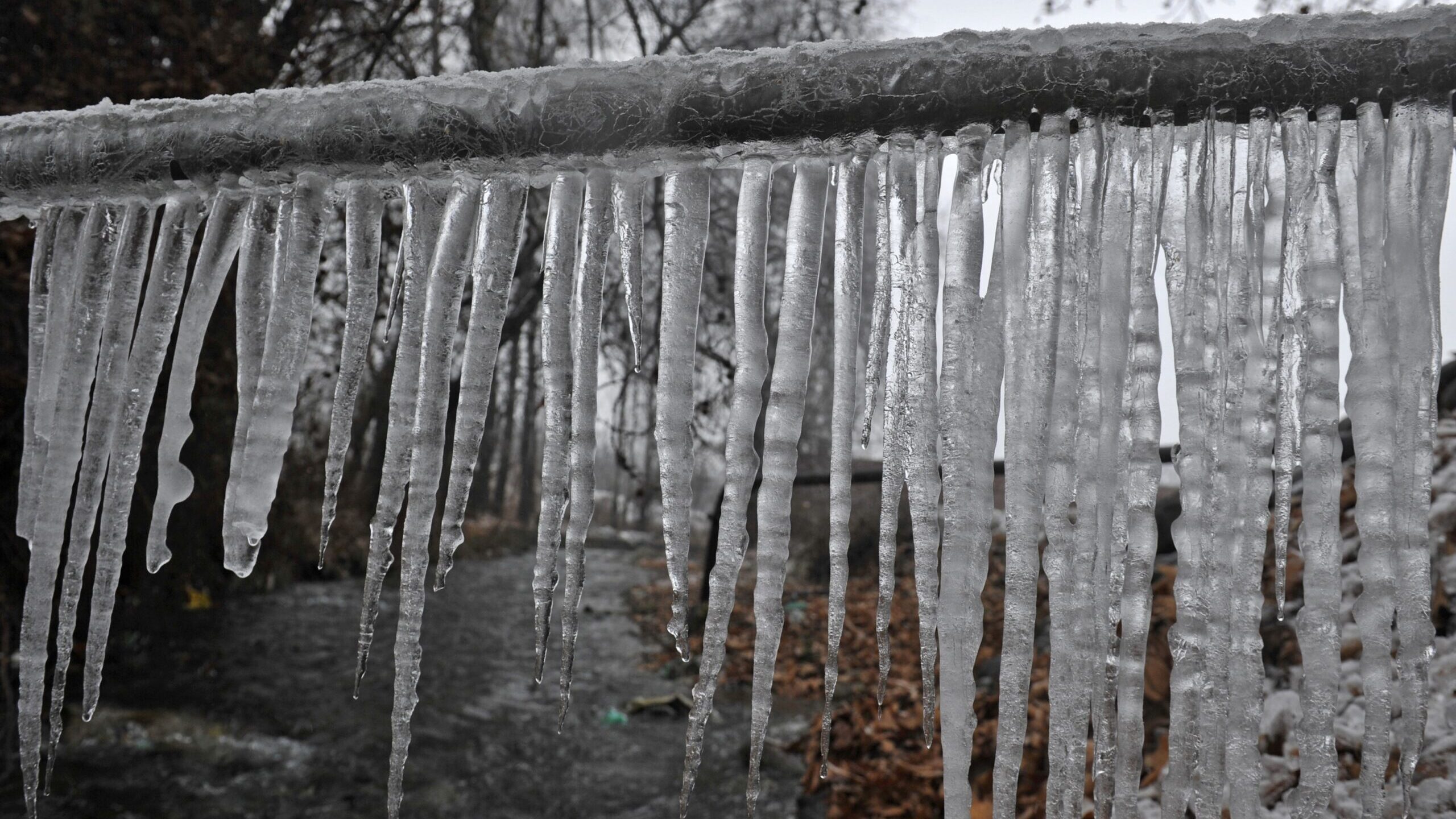We have unearthed this article relating to How To Avoid Freezing Pipes directly below on the web and concluded it made perfect sense to discuss it with you in this article.

Cold weather can ruin your plumbing, particularly by freezing pipelines. Right here's just how to avoid it from happening and what to do if it does.
Intro
As temperatures decrease, the risk of icy pipelines boosts, possibly resulting in pricey repairs and water damages. Recognizing exactly how to prevent icy pipelines is critical for property owners in cool environments.
Understanding Icy Pipes
What causes pipelines to freeze?
Pipelines ice up when exposed to temperature levels below 32 ° F (0 ° C) for prolonged periods. As water inside the pipes freezes, it expands, putting pressure on the pipeline walls and potentially causing them to rupture.
Threats and damages
Icy pipelines can cause water supply interruptions, building damages, and costly repair work. Ruptured pipelines can flood homes and create considerable architectural damage.
Signs of Frozen Water Lines
Identifying frozen pipelines early can prevent them from breaking.
Exactly how to recognize icy pipelines
Search for decreased water circulation from faucets, unusual odors or sounds from pipes, and visible frost on exposed pipelines.
Avoidance Tips
Shielding at risk pipelines
Cover pipelines in insulation sleeves or utilize warmth tape to secure them from freezing temperatures. Focus on pipelines in unheated or outside areas of the home.
Heating techniques
Keep indoor rooms appropriately warmed, specifically locations with pipes. Open cupboard doors to permit cozy air to circulate around pipes under sinks.
Shielding Exterior Pipes
Yard hoses and exterior taps
Detach and drain yard tubes prior to winter season. Mount frost-proof faucets or cover outdoor faucets with protected caps.
What to Do If Your Pipes Freeze
Immediate activities to take
If you believe icy pipes, maintain taps available to ease pressure as the ice thaws. Utilize a hairdryer or towels soaked in warm water to thaw pipes gradually.
Long-Term Solutions
Structural changes
Take into consideration rerouting pipes far from exterior wall surfaces or unheated areas. Add added insulation to attics, cellars, and crawl spaces.
Upgrading insulation
Purchase top quality insulation for pipelines, attic rooms, and walls. Appropriate insulation aids maintain constant temperature levels and reduces the danger of icy pipelines.
Conclusion
Stopping icy pipelines calls for proactive steps and quick actions. By recognizing the reasons, indicators, and preventive measures, homeowners can shield their plumbing throughout cold weather.
6 Proven Ways to Prevent Frozen Pipes and Protect Your Home
Disconnect and Drain Garden Hoses
Before winter arrives, start by disconnecting your garden hoses and draining any remaining water. Close the shut-off valves that supply outdoor hose bibs and leave the outdoor faucet open to allow any residual water to drain. For extra protection, consider using faucet covers throughout the colder months. It’s also important to drain water from any sprinkler supply lines following the manufacturer’s directions.
Insulate Exposed Pipes
Insulating your pipes is an effective way to prevent freezing. Pipe insulation is readily available at home improvement stores and is relatively inexpensive. Pay close attention to pipes in unheated areas such as the attic, basement, crawl spaces, or garage. Apply foam insulation generously to create a buffer against the cold. You can also wrap your pipes in heat tape or thermostat-controlled heat cables for added warmth.
Seal Air Leaks
Inspect your home for any cracks or openings that could let in cold air. Seal any holes around the piping in interior or exterior walls, as well as the sill plates where your home rests on its foundation. Additionally, make sure to keep your garage door closed unless you’re entering or exiting. Leaving it open creates a significant air leak that can lead to frozen pipes.
Allow Warm Air Circulation
During cold snaps, it’s essential to allow warm air to circulate evenly throughout your home. Leave interior doors ajar to promote better airflow. Open kitchen and bathroom cabinets to help distribute heat consistently around the rooms. If you have small children or pets, be sure to remove any household chemicals or potentially harmful cleaners from open cabinets for safety.
Let Faucets Drip
A small trickle of water can make a big difference in preventing ice formation inside your pipes. When temperatures drop significantly, start a drip of water from all faucets served by exposed pipes. This continuous flow helps prevent the water from freezing. Additionally, running a few faucets slightly can relieve pressure inside the pipes, reducing the chances of a rupture if the water inside does freeze.
https://choateshvac.com/6-proven-ways-to-prevent-frozen-pipes-and-protect-your-home/

We hope you enjoyed our article on How to Prevent Your Pipes From Freezing. Thanks for taking a few minutes to browse our article post. Enjoyed reading our post? Please share it. Help other people find it. Many thanks for going through it.
Call Today